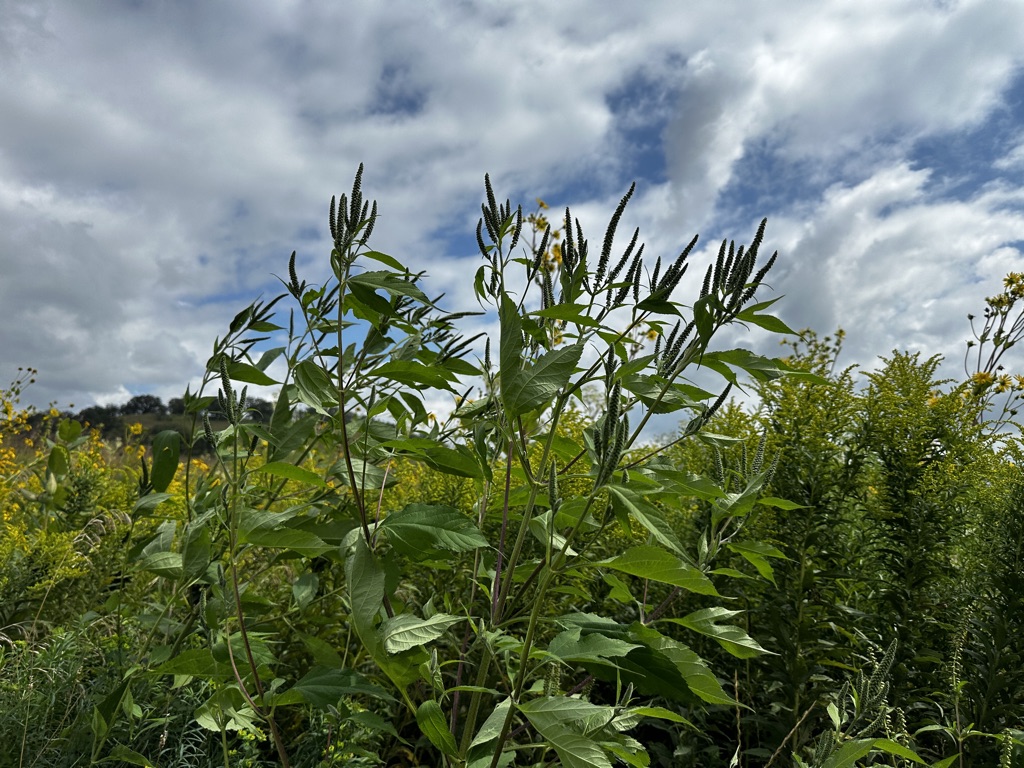Ragweed, a common plant in the Aster family, is notorious for causing seasonal allergies, especially in the late summer and fall. Though often overlooked, this weed can wreak havoc on those sensitive to its pollen, leading to sneezing, itchy eyes, and even asthma flare-ups.
What is Ragweed?
Ragweed is a resilient plant that thrives in various environments, from prairies to urban gardens. It can grow impressively tall, sometimes reaching up to 11 feet. Its inconspicuous flowers, which pollinate through the wind, are a major contributor to seasonal allergies. One ragweed plant can release a staggering one billion grains of pollen into the air, making it a significant allergen.
Why is Ragweed a Problem?
Ragweed’s pollen is highly allergenic, affecting nearly 30% of people who are sensitive to it. Symptoms include runny noses, sneezing, and itchy eyes, with the potential to exacerbate asthma conditions. The plant’s ability to produce a large amount of pollen and its capacity to spread across various terrains make it a persistent issue for allergy sufferers.
How to Identify Ragweed
Ragweed has ragged leaves, which is how it gets its name. The plant features spikes with greenish flowers at the top, which are less vibrant compared to goldenrod, a plant often mistaken for ragweed. Goldenrod has bright yellow flowers and attracts insects, unlike ragweed which relies on the wind for pollination.
Controlling Ragweed
Controlling ragweed in your yard requires diligence. The best time to remove it is before it flowers. Uprooting the plant manually is often recommended, but it can be challenging to remove all the roots, making it difficult to eliminate completely. Herbicides and consistent mowing can also help manage its spread.
Protecting Yourself from Ragweed Allergies
To minimize exposure to ragweed pollen, avoid spending time outdoors during peak pollen hours, typically between 10 a.m. and 3 p.m. Keeping windows closed, using air purifiers, and regularly cleaning your home can reduce indoor pollen levels. It’s also wise to avoid drying clothes outside, as pollen can cling to fabrics.
Conclusion
Ragweed may seem like just another weed, but its impact on allergy sufferers is profound. By understanding how to identify and control ragweed, you can reduce your exposure to this allergen and enjoy the outdoors more comfortably.

